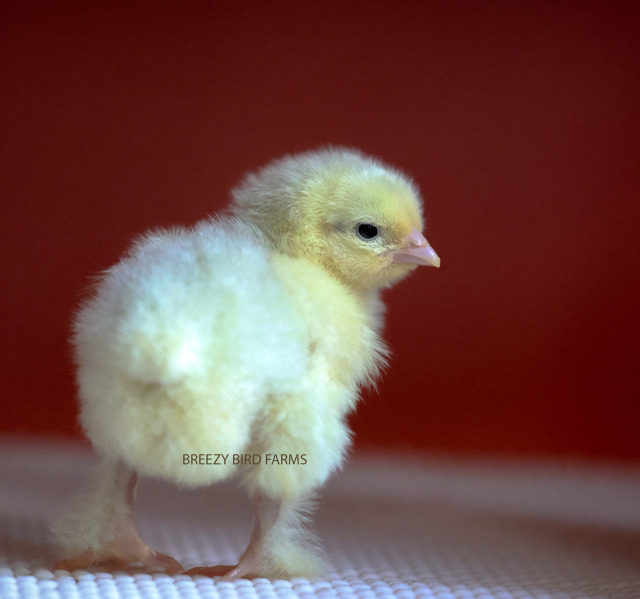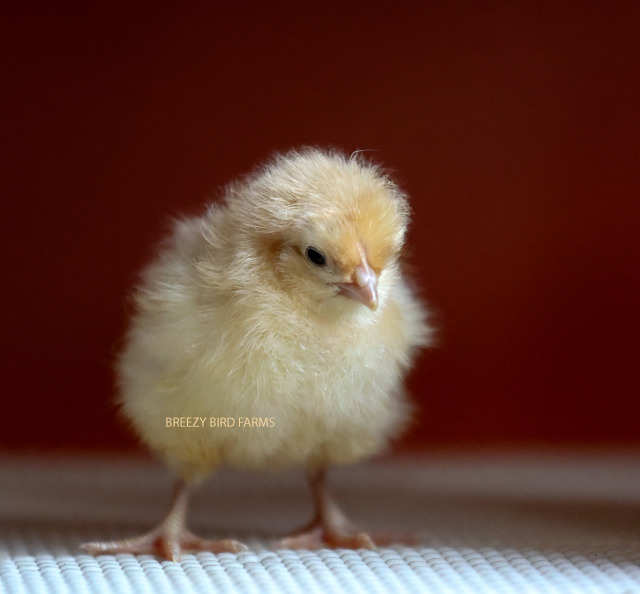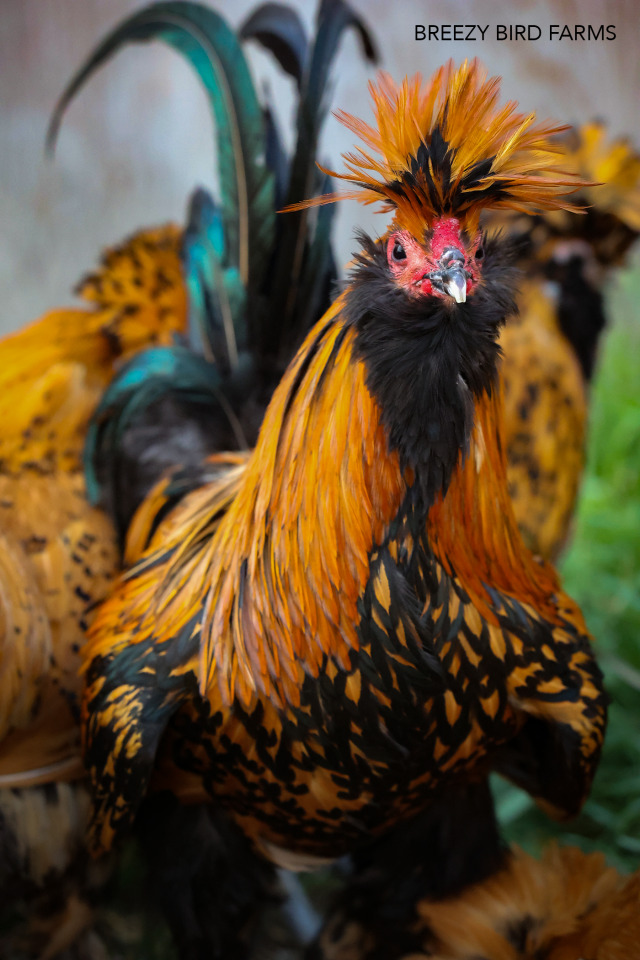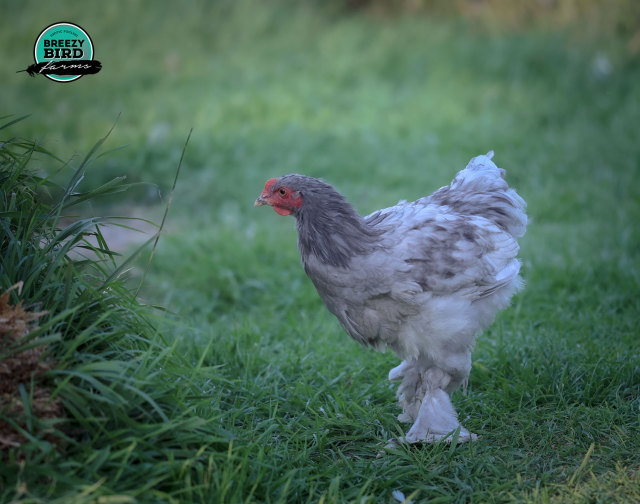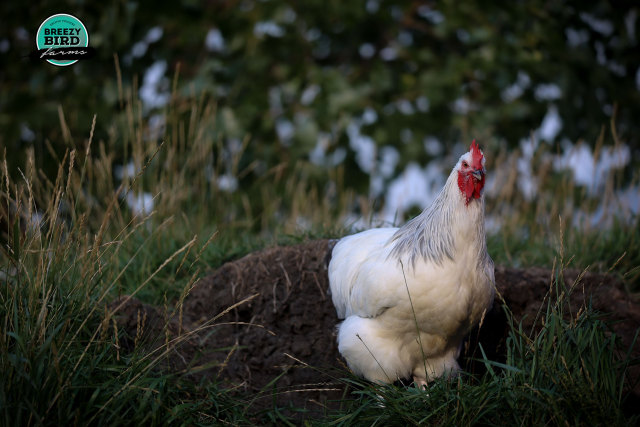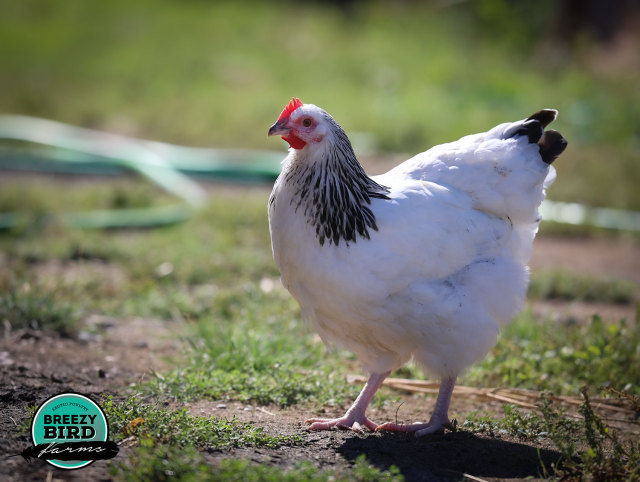Coturnix Quail: Early Layers of Healthy Eggs and Meat, and Joyful Pet Companions
Coturnix quail, also known as Japanese quail, are fascinating birds that have gained popularity among poultry enthusiasts and pet owners alike. Renowned for their early laying capabilities, the exceptional quality of their eggs and meat, and their joyful presence as pets, Coturnix quail offer a unique and rewarding experience. In this article, we will delve into the remarkable characteristics of Coturnix quail, exploring their early laying habits, the health benefits of their eggs and meat, and the joy they can bring to people as pets.

Early Laying Habits:
Coturnix quail are renowned for their early maturity and early laying abilities. These fascinating birds typically start laying eggs at around six to eight weeks of age, much earlier than most other poultry breeds. This early onset of egg production makes Coturnix quail a practical choice for those seeking a consistent and abundant supply of fresh eggs.

Healthy Eggs:
The eggs laid by Coturnix quail are not only early but also highly nutritious. Despite their small size, these eggs pack a powerful nutritional punch. They are rich in essential vitamins, minerals, and high-quality proteins. Coturnix quail eggs contain more protein and less cholesterol compared to chicken eggs, making them a healthy choice for individuals looking to incorporate nutrient-dense food into their diet.

Nutrient-Rich Meat:
Coturnix quail not only provide healthy eggs but also offer a delectable source of meat. The meat of Coturnix quail is lean, tender, and flavorful, with a delicate taste that appeals to many. In addition to its deliciousness, quail meat is a fantastic source of essential nutrients, including high-quality proteins, iron, and B-vitamins. Its low fat content makes it an excellent choice for those prioritizing a healthy and balanced diet.
Joyful Pet Companions:
While Coturnix quail excel in providing eggs and meat, they can also bring immense joy and companionship as pets. Their small size and gentle nature make them ideal for keeping as pets, even in limited spaces such as backyards or small enclosures. Coturnix quail are known for their calm and friendly demeanor, and they can be easily tamed and handled. Their curious and entertaining behaviors, such as dust bathing, foraging, and socializing, can provide endless amusement and companionship to their owners.

Coturnix quail are remarkable birds that offer a wide range of benefits to those who choose to raise them. Their early laying capabilities ensure a consistent supply of healthy and nutritious eggs, while their tender meat provides a delicious and nutrient-rich protein source. Additionally, their small size, docile nature, and entertaining behaviors make them delightful pets, bringing joy and companionship to individuals of all ages. Consider embracing the charm of Coturnix quail and discover the wonders they can bring to your life!
If you are in Canada, stop by the BBF shop and pick up some hatching eggs to start your own flock today!
Candace
Breezy Bird Farms

